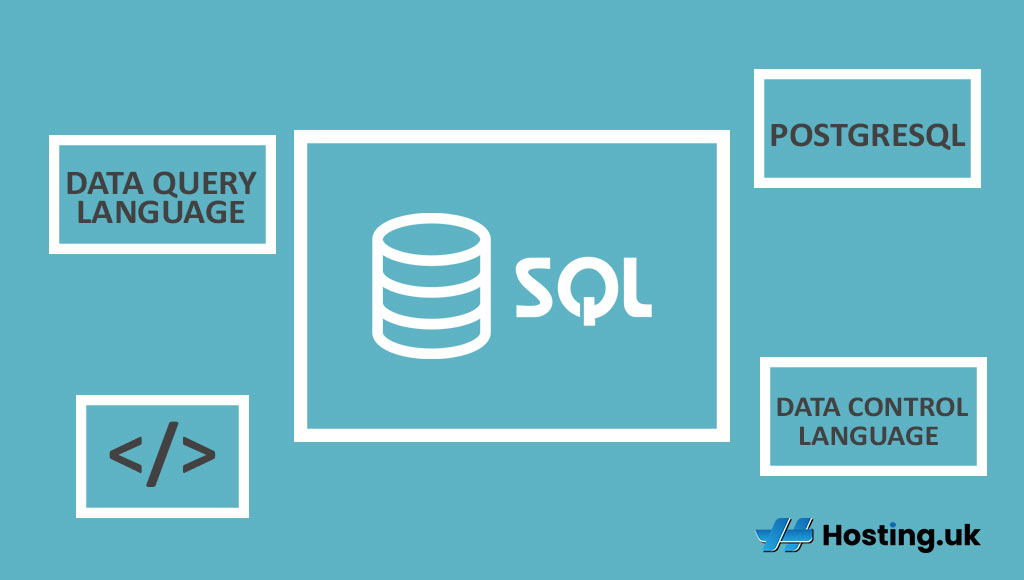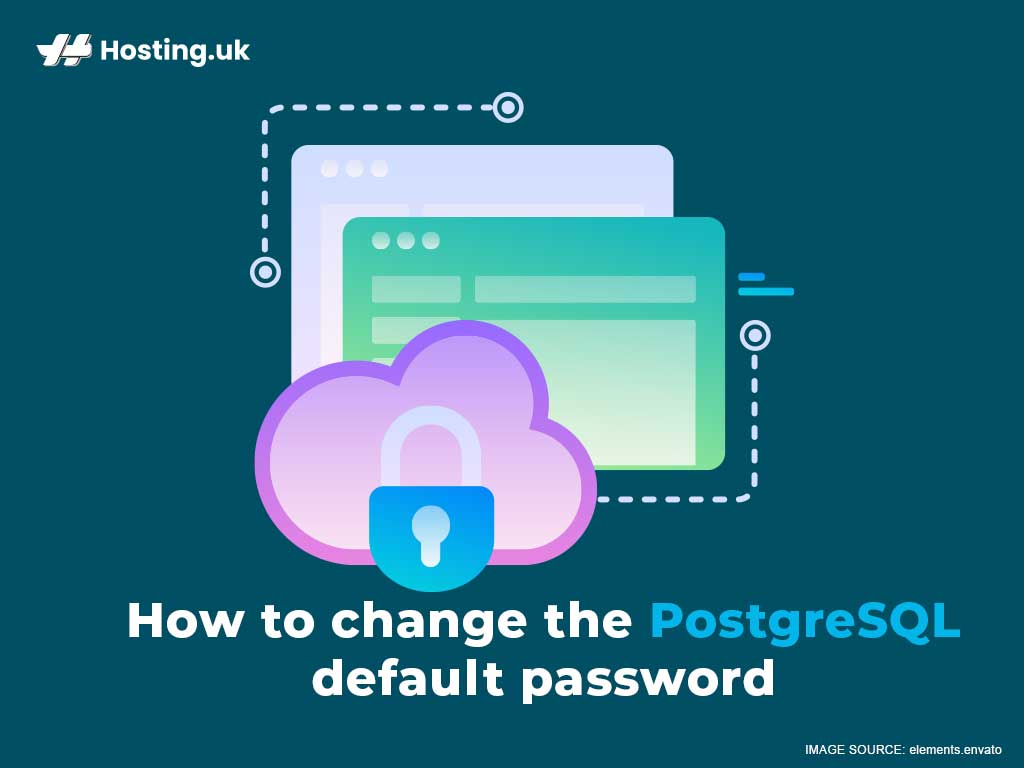We live in a fast-paced society where most of the work we do are done via the internet. This creates a virtual universe that mirrors the physical world in most if not all aspects. While social media platforms are there for our entertainment, websites are often created to establish business credibility and a sense of reliability.
Since the invention of web hosting platforms, people have had an easier process of creating and electronically monitoring their websites. However, there are times when manual monitoring is needed. This is especially true for Virtual Private Server (VPS) hosting owners.
Table of Contents
What does VPS hosting mean?

This is the division and isolation of a physical server’s RAM and CPU to create a website hosting environment before assigning this environment to a single user. Please note that unlike Dedicated hosting, there are multiple users on the same physical server.
Five advantages of VPS hosting:
- You’re assured of the assigned amount of RAM, CPU, and Disk Space you’ve purchased irrespective of what other users on the same server are doing.
- You have a higher level of security for your website files since you do not share your Operating System with any other users.
- You have greater reliability, stability, and overall performance for your website.
- Your website information is backed up to cloud storage, and you can restore this information at any time.
- Website uptime is constantly monitored by special programs that send out an immediate notification whenever there is an issue with your website.
Understanding SQL, PostgreSQL, and Postgres default password

Though VPS hosting is great, and it makes having and monitoring your website an easy task, it is also important to familiarise yourself with a few relevant technical terms like SQL, PostgreSQL, and Postgres default password.
“Why is it important for you to learn about these terms?”
Good question!
Having a general idea of SQL, PostgreSQL, and Postgres default password makes you more technically inclined with the commands your website server processes to create secure, functionally, and aesthetically pleasing content. This information may not be important for everyone, but it doesn’t hurt to gain knowledge and add another skill to your skill bank.
For all the non-computer science folks, we’ve got your back. We’ll discuss all these “techy” terms in the most uncomplicated language. Let’s start our learning journey with some simple definitions.
SQL is the acronym for Structured Query Language. SQL allows you to access and manipulate databases. It became a standard of the American National Standards Institution (ANSI) in the year 1986, and the standard of the International Organisation for Standardisation (ISO) in 1987.
There are five major forms of SQL commands, these are:
- DDL (Data Definition Language).
- DML (Data Manipulation Language).
- DQL (Data Query Language).
- DCL (Data Control Language).
- TCL (Transaction Control Language).
Uses of SQL
The processing of copious amounts of data are carried out every second of the day in technological fields, and the end products, information, are filed away in special cabinets called databases. Just like you need a key for highly confidential cabinets, you also need a key to access these special databases. This special key is SQL.
1. Data Definition Language (DDL)
This SQL command is responsible for making/performing changes on the physical structure of any table existing inside a database. When these commands are executed, they are automatically committed, and all the altercations made to the table are replicated and immediately saved.
2. Data Manipulation Language (DML)
After the creation of tables and the generation of a database using DDL commands; DML Commands are used to manipulate the information inside these tables and databases.
3. Data Query Language (DQL)
DQL command has one major responsibility. Its duty is to retrieve and fetch data from database/tables based on the conditions applied by users.
4. Data Control Language (DCL)
There are two main DCL commands: GRANT and REVOKE. These commands manage rights, permissions, and other controls of the database system.
5. Transaction Control Language (TCL)
Common TCL commands accustomed to making changes in a database include “ROLLBACK”, “COMMIT”, and “SAVEPOINT”.
PostgreSQL Default Password
Apart from SQL commands, another database management system is PostgreSQL. This is a free advanced open source object-relational database management system. It has several features designed to aid developers to construct applications, administrators to defend data integrity and configure fault-tolerant environments. It also assists you with handling your data no matter how big or small the dataset.
PostgresSQL default passwords
Based on the original instalment of the PostgresSQL software and the version you are using, your Postgres default password will either be “ident” or “peer”.
- “ident”
The Postgres default password “ident” is an authentication method that works by finding the client’s operating system username from an ident server and using it as the permitted database username.
- “peer”
On the other hand, the PostgreSQL default password “peer” is an authentication process that works by gaining the client’s operating system username from the kernel and using it as the allowed database username. Only local connection supports this method.
The Process of Changing your PostgreSQL Default Password
Upon entering your Postgres default password, your configuration files will update. All you need to do is repeat the steps in the Login and Connect as Default User section. This will attempt to connect you as the default Postgres user. Once a connection is successful, go ahead with changing the password.
- Issue the ALTER USER command to change the PostgreSQL default password for the Postgres user:
postgres=# ALTER USER postgres PASSWORD 'myPassword';
ALTER ROLE
Upon being successful, Postgres will output a confirmation of ALTER ROLE as seen above.
When satisfied, exit the psql client by using the \q command:
postgres=# \q
And that’s how you change the Postgres default password. Postgres user now has a password linked with the account for use in your other applications.
Conclusion
SQL, PostgresSQL and Postgres default password may seem highly technical and you may become frustrated trying to learn all about them at once. However, when you garner information in small portions at a time from sources that simplify these terms for you, you will see that these terms are not rocket science after all.
Hosting.uk’s support is apt in VPS server management and PostgreSQL, let us help you troubleshoot your monitoring when you choose our VPS hosting. Start your Hosting UK VPS plan and host on the most secure VPS platform today!

